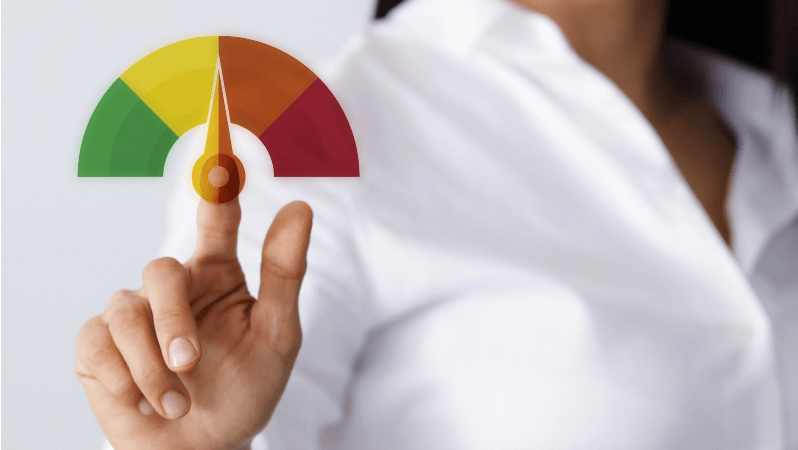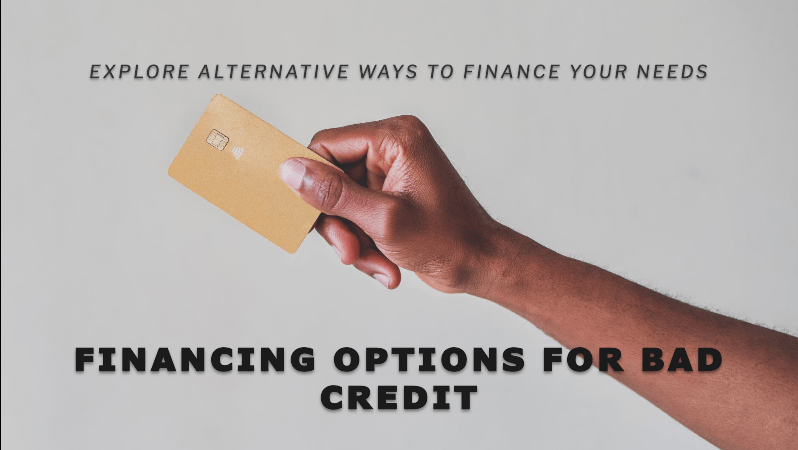Highlights:
- Is Afterpay more suited for my purchasing habits? What’s the difference between it and a regular credit card?
- Am I going to save more money if I use a credit card instead? What perks and conveniences will I get if I am an Afterpay user?
- What type of shopper will be best for Afterpay versus credit cards?
- Maintenance, convenience, fees, limitations, and possible issues: These features are compared between the two payment platforms.
Is a credit card the ideal format, or is Afterpay the easier platform in the long run? We flesh out the details and find out.
More Australian shoppers today are looking for lighter and more convenient payment options. Afterpay and credit cards are the two top choices to consider.
These two main payment platforms have their unique features. What do we get from each in terms of convenience and ease-of-use for everyone?
Afterpay’s main features

Afterpay is a flexible, pay-later payment platform with instant access to your purchases. It is now available as an app aside from its in-store payment option. With Afterpay, the simple conditions are already set:
- You are given four bi-weekly installments to pay with zero interest.
- There are no other fees involved except late payment fees.
- You can use it for both online and in-person transactions.
- You don’t need prerequisites such as background checks, a credit rating status, a financial statement, or other money-related requirements to be able to use it.
Also, no need to worry about any late payments as they won’t affect your credit rating. And with their app, you can easily manage all your purchases, with notifications on exclusive new deals and sales from thousands of vendors and stores worldwide.
Its main perk is the Pulse rewards system, available via their mobile app, which is given to certain eligible customers who maintain good payment habits. Among its benefits include $0 upfront purchases, rescheduling payments, gift cards, and exclusive deals ahead of most shoppers.
With the aftermath of Covid-19, the platform grew with a huge sales boost of 112% just in Australia and New Zealand alone, with a huge share coming from e-commerce sales. More people are using it for shopping online, going head-to-head with credit card usage.
Credit cards: Differences and comparison
Most of us are already familiar with how credit cards work. The only similarity with Afterpay is instant access to your purchases.
Availing of a credit card involves a long application process that may be rejected. This entails a background and credit standing check, qualifying, financial affordability check, and more, before final approval. Credit cards are also for a long-term commitment. They also involve different charges such as monthly interest charges, late fees, service fees, and annual fees, not to mention the high-interest rates.
Sure, some cards have no annual fees – but these often involve initial sign-up conditions, such as “not so” minimum initial spending amounts to qualify for it. However, there are more rewards and discounts granted for cardholders in good standing.
Another operating condition for credit cards is their direct effect on your credit rating – once you deviate from their payment terms or when you pay late on any of their fees. This automatically affects your ability to get even small loans or new cards from banks and card companies.
Afterpay and credit card caveats
Each payment option differs in its limitations and disadvantages. Afterpay is best designed for individual purchases within smaller budgets, with a certain limit amount up to $1500, and $2000, usually reserved for good standing account holders who pay on time.
While it now carries thousands of online and physical stores in its roster, not every store has it yet. Due to its growth and popularity though, more stores are being added, expanding all available choices over time.
Credit cards have almost universal coverage of all the online and physical shops that can process card payments. There is also an average higher spending limit compared to Afterpay and similar pay-later platforms. However, it is easy to fall into the many credit card traps with just a minor issue of a missed payment: The aforementioned fees, and its immediate effects on your credit rating.
While Afterpay only charges late fees, the amount is considerable: A standard $10 for every unreceived-by-deadline payment, with an additional $7 for each 7 days that it remains unpaid. Credit cards charge more, but have a monthly cycle, so the payment period is much longer; Still, an average late fee can cost you anywhere from $28 to $39, and further beyond, there are more fees to worry about, such as monthly interest rates, and other service fees depending on each card’s terms and conditions.
Afterpay may have a slightly lower penalty fee, however the period is much narrower as well, with only 7 days to get the payment done after the initial late payment charge.
Which is the better option? Factors to consider
Credit cards are ideal for account holders with bigger purchases who can commit to a monthly billing cycle. They also apply best to shoppers that have maintained accounts within their stricter guidelines when it comes to regular payments and none to only minor “bad credit”.
Afterpay’s appeal is closely related to younger users who want easier to use payment terms through their smartphones and apps, as well as people who have smaller budgets. They have fewer commitments to credit and do not want to be tied up in regular billing cycles.
To fit within these criteria, Afterpay has basic guidelines for responsible shopping to avoid common credit pitfalls. They are most applicable to non-regular shoppers who don’t have enough cash at hand at the moment of purchase, with affordable installments they can handle in 2 weeks or less.
These purchases are ideally one at a time and in smaller amounts, to maintain reasonable payments and schedules. As long as these purchases are within range and payments are spaced apart properly, they will be safe from late payments that can build-up over time.



